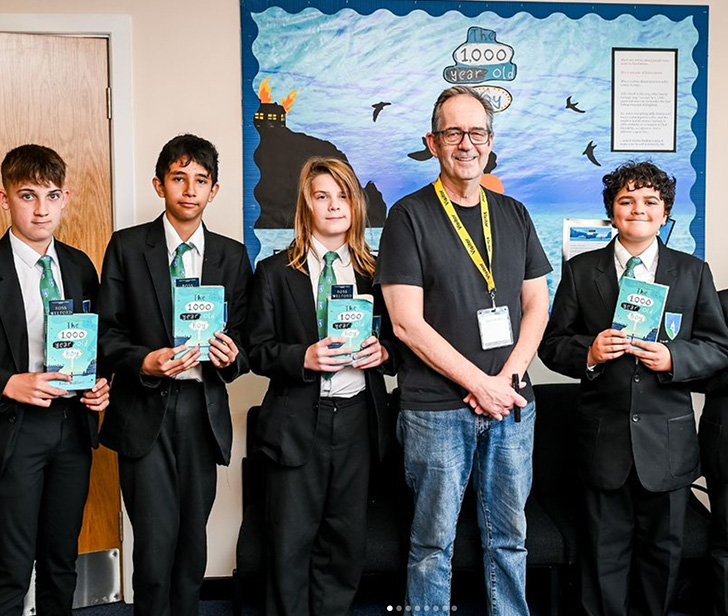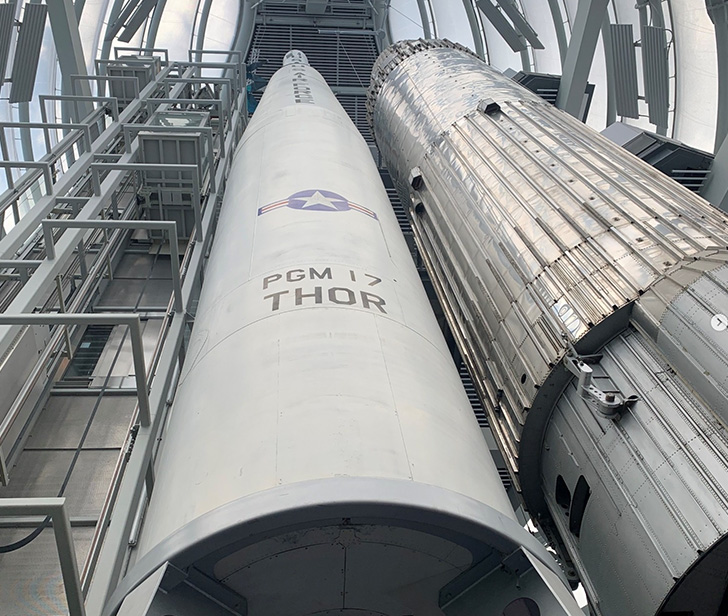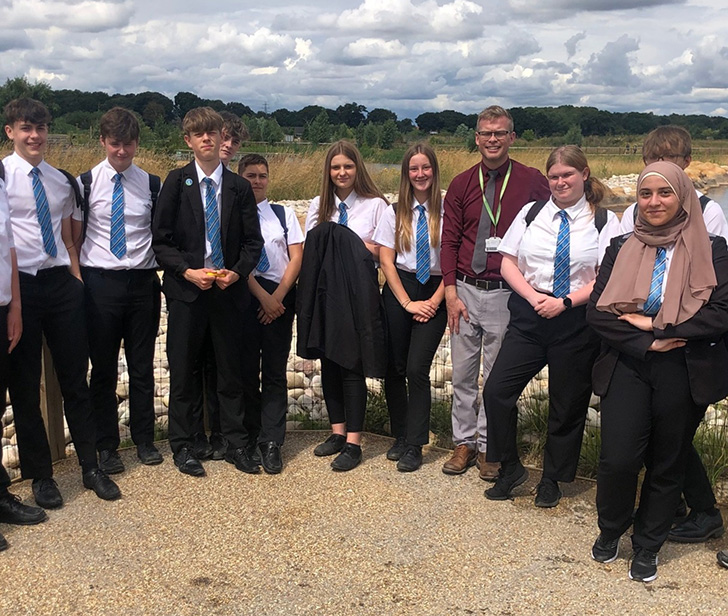Curriculum Sequencing Documents - Geography
Geography at Louth Academy
The Big Ideas
Environment Perspectives Processes Patterns Interaction Change Sustainability
→ Scroll right to view the table.| 7 – Exploring the UK | 8 – Exploring the Wider World | 9 – Geography in Focus |
| Introducing the UK Environment |
Our Hazardous World Processes Patterns Interaction |
The Living World…Rainforests under threat Environment Perspectives Processes Patterns Interaction Change Sustainability |
| Our Physical Landscape Processes Change |
Our Living World Environment Patterns Interaction Change |
The Living World…Deserts: Lands of Challenge and Opportunity Environment Perspectives Processes Patterns Interaction ChangeSustainability |
| Our changing weather and climate Processes Patterns Change |
Our Unequal World Environment Perspectives Patterns Change |
The Challenge of Resource Management…Food, Water and Energy in the UK Environment Perspectives Processes Patterns Interaction Change Sustainability |
| The People of the UK Environment Perspectives Patterns Change |
Focus on Africa Environment Perspectives Patterns Interaction Change |
Water – time running out? Environment Perspectives Processes Patterns Interaction ChangeSustainability |
| Work, Rest and Play in the UK Environment Patterns Interaction Change |
A World of Cities Environment Perspectives Patterns Interaction ChangeSustainability |
Our Urbanising World… Environment Perspectives Processes Patterns Interaction Change Sustainability |
| Challenges and Opportunities in the UK Environment Perspectives Patterns Interaction Sustainability |
A World of Issues Environment Perspectives Processes Patterns Interaction ChangeSustainability |
A Tale of Two Cities…Rio de Janeiro and Curitiba Environment Perspectives Processes Patterns Interaction Change Sustainability |
Environments
May be natural and/or cultural. They have particular characteristics and features which can be the result of natural and/or cultural processes. The particular characteristics of an environment may be similar to and/or different from another. A cultural environment includes people and/or the built environment.
Perspectives
Ways of seeing the world that help explain differences in decisions about, responses to, and interactions with environments. Perspectives are bodies of thought, theories or worldviews that shape people’s values and have built up over time. They involve people’s perceptions (how they view and interpret environments) and viewpoints (what they think) about geographical issues. Perceptions and viewpoints are influenced by people’s values.
Processes
A sequence of actions, natural and/or cultural, that shape and change environments, places and societies. Some examples of geographic processes include erosion, migration, desertification and globalisation.
Patterns
May be spatial: the arrangement of features on the earth’s surface; or temporal: how characteristics differ over time in recognisable ways.
Interaction
Involves elements of an environment affecting each other and being linked together. Interaction incorporates movement, flows, connections, links and interrelationships which work together and may be one or two way interactions. Landscapes are the visible outcome of interactions. Interaction can bring about environmental change.
Change
Involves any alteration to the natural or cultural environment. Change can be spatial and/or temporal. Change is a normal process in both natural and cultural environments. It occurs at varying rates, at different times and in different places. Some changes are predictable, recurrent or cyclic, while others are unpredictable or erratic. Change can bring about further change.
Sustainability
Involves adopting ways of thinking and behaving that allow individuals, groups, and societies to meet their needs and aspirations without preventing future generations from meeting theirs. Sustainable interaction with the environment may be achieved by preventing, limiting, minimising or correcting environmental damage to water, air and soil, as well as considering ecosystems and problems related to waste, noise, and visual pollution.


